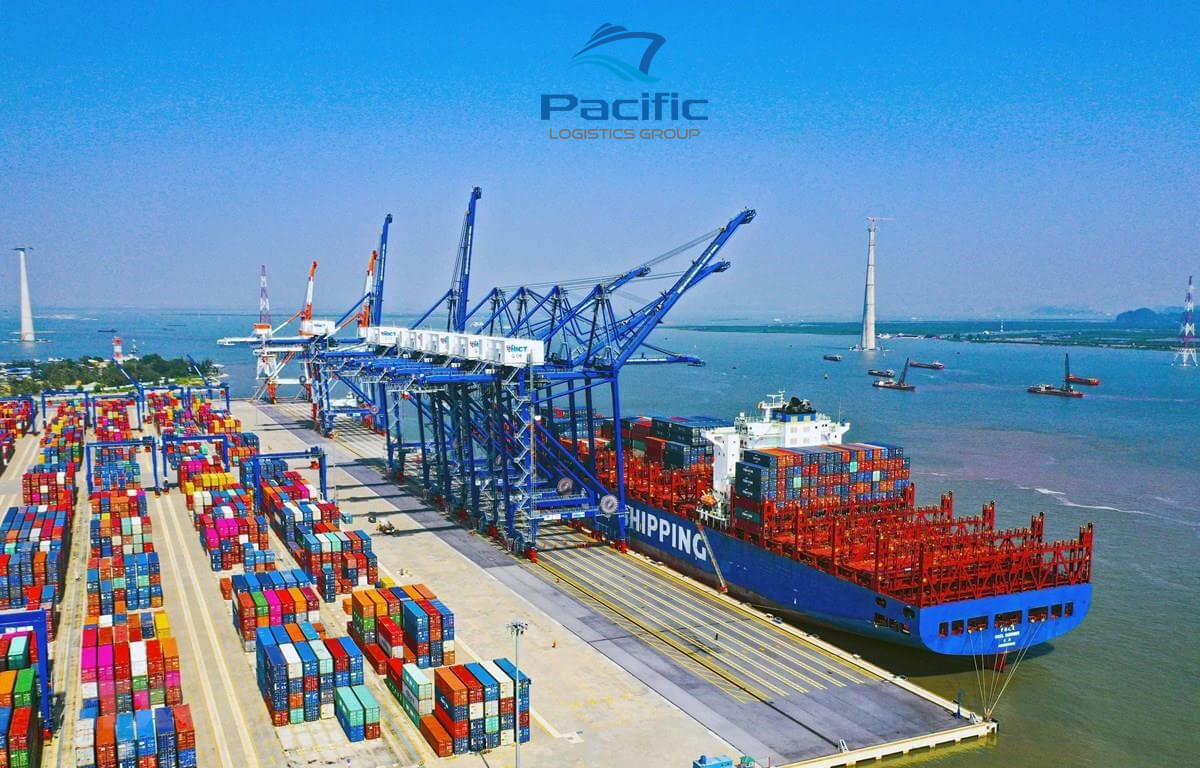US port imports hit another record high this spring, according to the monthly Global Port Tracker report published by the National Retail Federation (NRF) and Hackett Associates.
The reasons for that are that the country’s major container ports worked to ease congestion and retailers stocked up before the West Coast dock workers’ labor contract expired.

Specifically, US ports covered by the Global Port Tracker handled 2.4 million TEU in May, up 6% from April and up 2.7% year over year. They also set a new record for single-month imports in at least 20 years, surpassing 2.34 million TEU this March.
Ports have yet to report June numbers, but Global Port Tracker forecast the month at 2.25 million TEU, up 4.8% from the same month last year. July forecast shows 2.31 million TEU, up 5.3% from the same month last year.
August is forecasted at 2.26 million TEU, down 0.5% year-on-year, September at 2.12 million TEU, down 0.8%, October at 2.12 million TEU down 4.1%, and November at 2.06 million TEU, down 2.5%.
Year-on-year declines in the second half of the year are due to unusually high numbers for the same period last year, but volumes remain high.

“Cargo volume is expected to remain high as we head into the peak shipping season, and it is essential that all ports continue to operate with minimal disruption,” said NRF vice president for supply chain and customs policy, Jonathan Gold.
“Supply chain challenges will continue throughout the remainder of the year, and it is particularly important that labor and management at West Coast ports remain at the bargaining table and reach an agreement,” he added.
The contract between the International Longshore and Warehouse Union and the Pacific Maritime Association expired on the first day of the month, but cargo operations continue.
The previous week, NRF and more than 150 groups wrote to President Biden, asking the administration to work with both sides to avoid disruption.
The slowdown in cargo from Chinese factories closure due to Covid-19 has given ports an opportunity to clear accumulated congestion, increasing activity.
In addition, retailers importing seasonal goods and other goods early to avoid any problems related to contract negotiations may also have contributed to the volume.
“Congestion of ships waiting to berth on the West Coast has eased, and we expect to see the same on the East Coast as carriers begin to return to their normal patterns of port calls,” said Hackett Associates founder, Ben Hackett, who went on to note that “After a short period of decline, freight rates are on the rise again as congestion in Europe and idle vessels there take capacity out of circulation.”





